I groped for my gun and tore it out of the cab. My first shot was from the hip. The bullet hit him in the stomach, just above the waist. I expected him to fall. Now I understand how stupid it was. He fired before or after I pulled out the gun. I didn't feel it hit me, I don't think it was felt. I just stretched out my arms and fired. Later I was told that I had fired 12 shots.
I was moving and looking for cover. I thought my gun was out of order or the bullets were stuck in the barrel. I didn't hear anything. All I saw was his weapon. Then he fell. I recharged automatically. It didn't happen the way I expected. I didn't see the scope at all. I don't remember what my grip, stance was like, maybe my previous workouts helped, but I can't say for sure.
1. In case of a sudden threat, were you able to get a clear enough picture of the sight?
2. Could you consciously focus and find your sight?
3. Were you able to aim involuntarily at any point in the scenario?
Pistols were used: Beretta 92 and Glock 17 with sights OEM Beretta, OEM Glock, Glock Night Sights, Truglo TFO, XS Big dot, Trijicon, Trijicon HD, Sawson Precision (fiber optic front).
Previous shooting experience of students:
During all my formal training, no one explained to me why I could not see the sight under severe stress in real situations until I read the Treatise on Physiological Optics by Hermann von Helmholtz. From physiology: the accommodative apparatus of the eye provides focusing of the image on the retina at a speed between 350 milliseconds and 1 second, depending on the age, general health of the eye and the environment, through tension (focusing on distant objects) and relaxation (focusing on close objects) of the ciliary muscle of the eye.
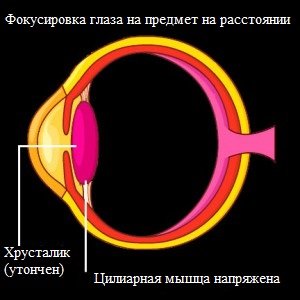
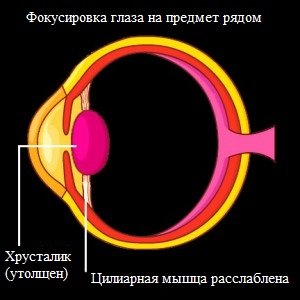
In a stressful situation, the sympathetic nervous system is activated. There is an instantaneous release of adrenaline into the blood, the ciliary muscle tightens and changes the lens of the eye for long-range focusing. That is why it is almost impossible to focus with a lot of stress on objects located near the eyes.
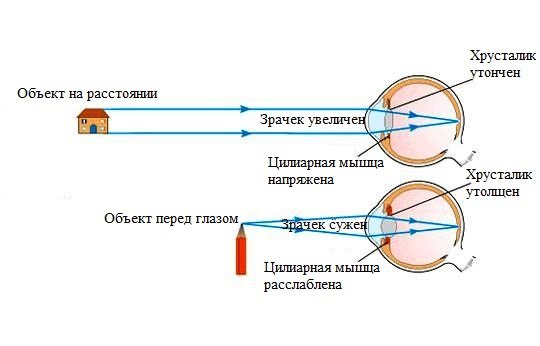
There is also an expansion of the pupil, which allows it to pass the maximum amount of light and thereby see the target better. But this leads to tunnel vision, in which a person loses peripheral vision.
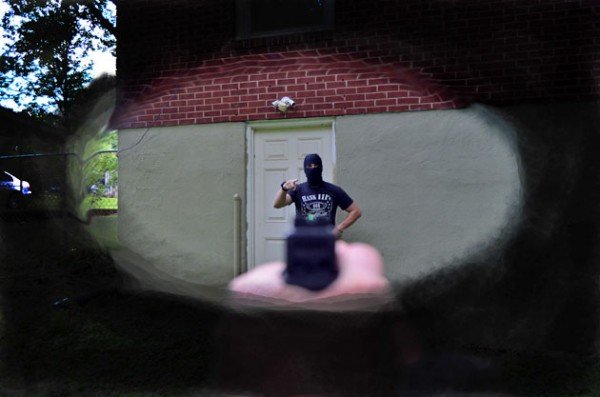
The loss of peripheral vision is also due to the level of training and previous experience. But in any case, we can expect a loss of 20 to 30% of the 190° (on average 155° for each eye) horizontal view.
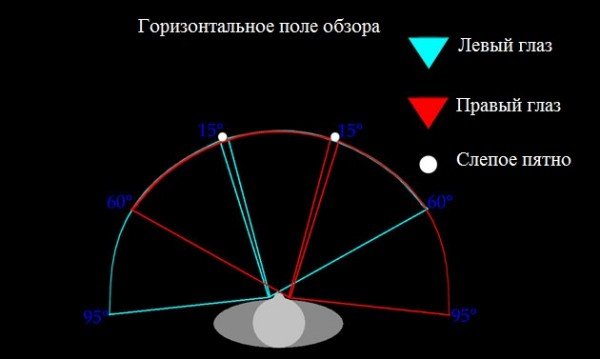
Our vertical field of view occupies 60° above the line of sight and 70° below it. With tunnel vision, the loss of vertical vision can reach 40%.
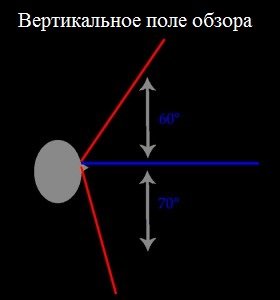
When activated, for example, due to an external stimulus, the sympathetic nervous system and compression of the ciliary muscle of the eye, there is a loss of depth perception. This is due to the displacement of the visual axis (the line connecting the anterior and posterior poles of the eyeball) and the problems of contrast between each eye. This leads to the fact that the threat may seem closer than it actually is. Although this loss is negative, it also has a positive side — it contributes to better threat processing and recognition.
(1, 2)